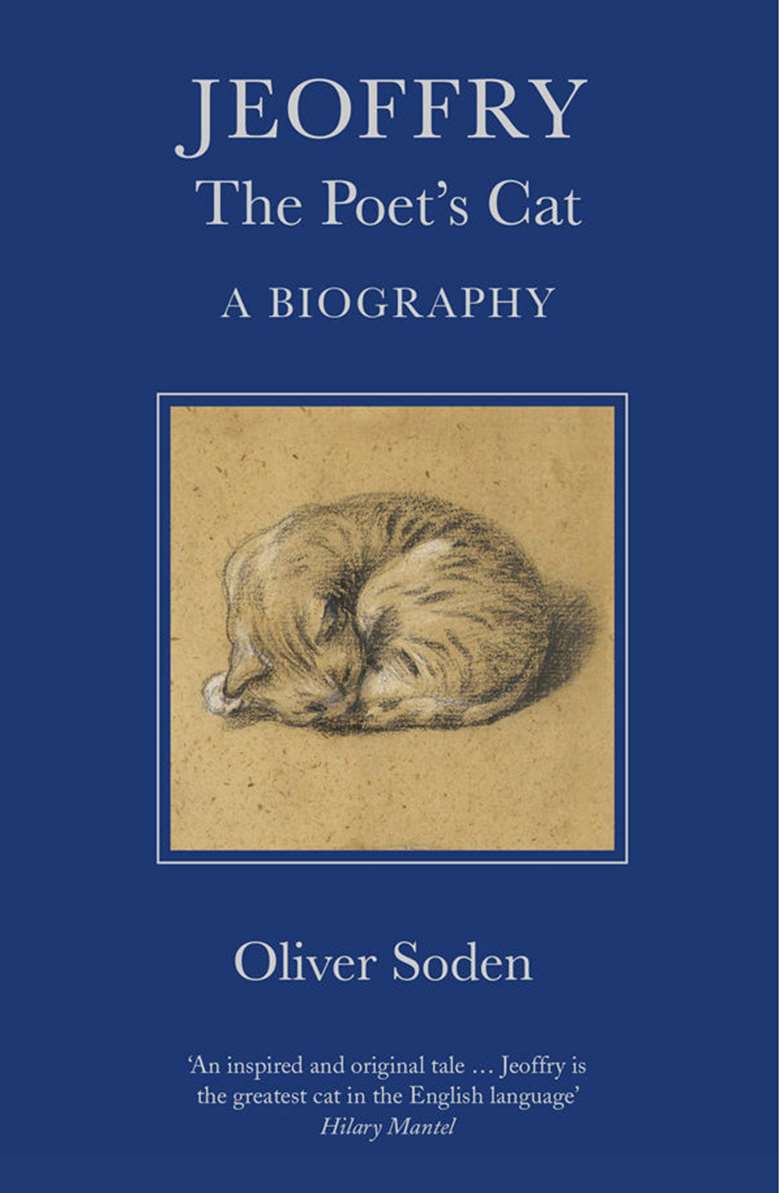Benjamin Britten, Ruth Gipps ... and Jeoffry, the Poet's Cat
Oliver Soden
Friday, October 16, 2020
Oliver Soden explores the links between a celebrated 18th century cat, and music closer to our own time

Register now to continue reading
Thanks for exploring the Gramophone website. Sign up for a free account today to enjoy the following benefits:
- Free access to 3 subscriber-only articles per month
- Unlimited access to our news, podcasts and awards pages
- Free weekly email newsletter








